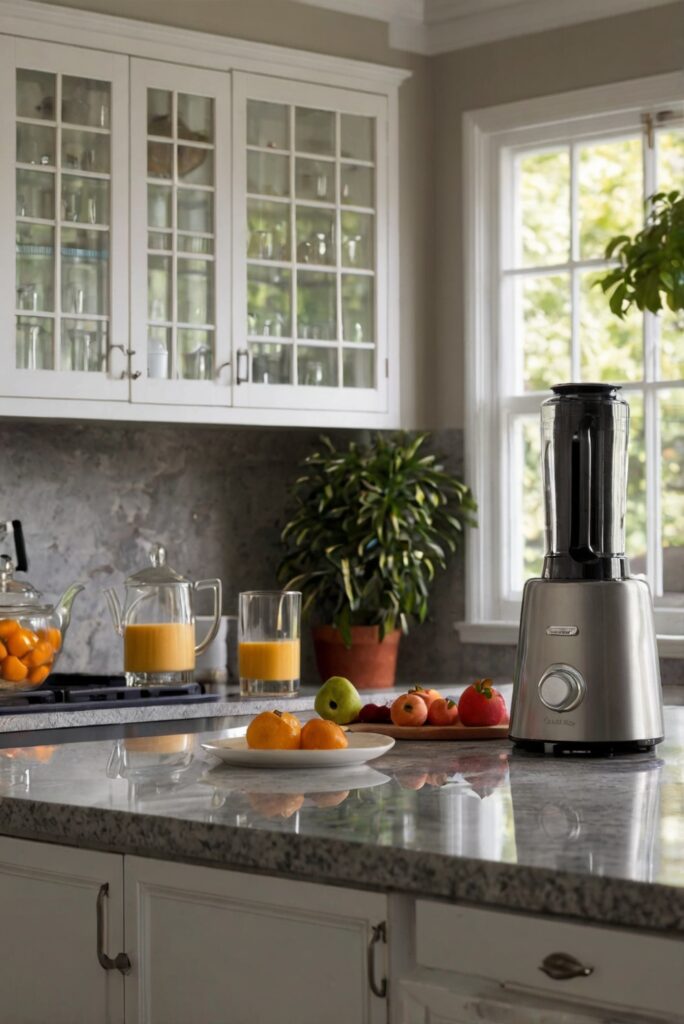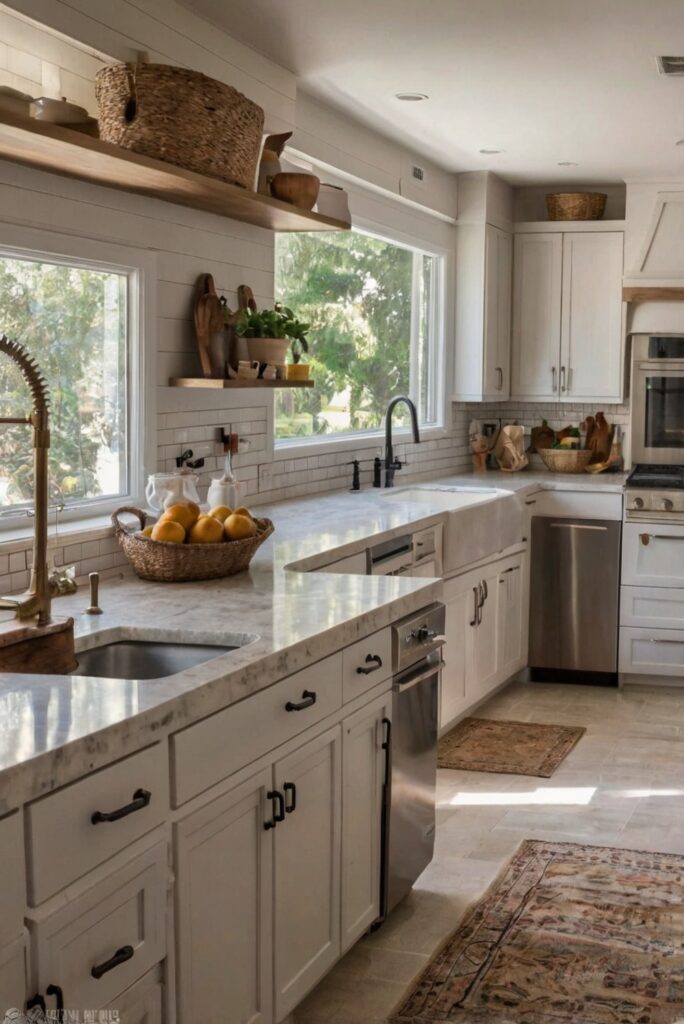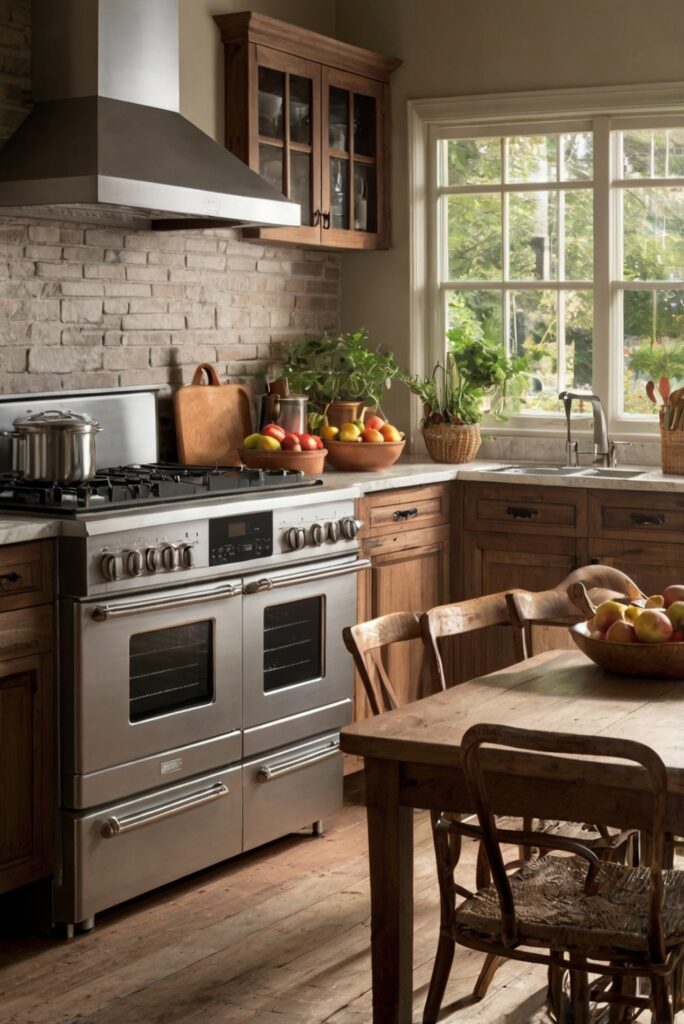Discover essential tips for selecting the right blender to elevate your kitchen decor and daily routine. Master the art of blending with style and functionality.
To select the right blender for your kitchen needs, start by considering your usage requirements. Determine if you need a blender for basic tasks like smoothies or if you require a more powerful blender for crushing ice or making nut butters. Look for features like different speed settings, container size, and blade quality to suit your specific needs. Opt for a blender with a durable motor and easy-to-clean components for convenience. Consider brands known for their durability and performance. Additionally, read reviews and compare prices to find the best value for your budget. A well-chosen blender can enhance your kitchen experience and simplify your daily routine.
Key Factors to Consider When Selecting a Blender
When choosing a blender for your kitchen, there are several key factors that you should consider to ensure that it meets your needs and preferences. These factors include:
- Power and Performance: Look for blenders with a high wattage motor for efficient blending of tough ingredients like ice and frozen fruits.
- Blade Quality: Opt for blenders with durable and sharp blades that can easily crush and blend ingredients.
- Capacity: Consider the size of the blender jar based on your typical batch size for smoothies, soups, or other recipes.
- Speed Settings: Choose a blender with multiple speed settings and pulse function for versatile blending options.
- Design and Durability: Select a blender with a sturdy construction and a design that fits well in your kitchen space.
Types of Blenders to Choose From
There are various types of blenders available on the market, each designed for specific purposes and preferences. Some popular types of blenders include:
- Countertop Blenders: Ideal for everyday blending tasks and come in different sizes and power options.
- Immersion Blenders: Handheld and perfect for blending soups, sauces, and small batches of ingredients directly in the pot or container.
- Personal Blenders: Compact and portable blenders designed for making single-serve smoothies and shakes.
- High-Performance Blenders: Powerful blenders that can handle tough ingredients and are suitable for making nut butters, smoothies, and more.
Consider Your Budget and Needs
When selecting a blender, it’s essential to consider your budget and specific needs to find the right fit. Determine how often you will use the blender, the types of recipes you plan to make, and any special features or functions you require. Compare prices, features, and customer reviews to make an informed decision that aligns with your budget and preferences.
Additional Features to Look For in a Blender
In addition to the key factors mentioned above, there are some extra features that you may want to consider when choosing a blender:
- Programmed Settings: Blenders with pre-programmed settings for smoothies, soups, and other recipes for convenient blending.
- Noise Level: Consider blenders with quieter operation if noise is a concern in your kitchen environment.
Where to Find the Best Blenders
When looking for the best blenders for your kitchen needs, consider shopping at reputable retailers, both online and in-store. Look for brands known for quality and reliability, and read customer reviews to gauge performance and satisfaction. Compare prices and features to find a blender that offers the best value for your budget.
1. What are the key factors to consider when selecting a blender for your kitchen needs?
When selecting a blender for your kitchen needs, it is important to consider factors such as power, capacity, speed settings, blade quality, and additional features. The power of the blender determines how well it can handle tough ingredients like frozen fruits and ice. Capacity refers to the size of the blender jar and should be chosen based on the amount of food you typically blend. Speed settings allow you to control the blending process, while good quality blades ensure smooth blending. Additional features like pulse function, pre-set programs, and blending modes can also enhance your blending experience.
2. How can you determine the right power level for a blender for your kitchen needs?
Determining the right power level for a blender depends on the type of ingredients you plan to blend. For basic blending tasks like making smoothies or shakes, a blender with 500-700 watts of power should suffice. However, if you plan to blend tougher ingredients like frozen fruits, nuts, or vegetables, opt for a blender with at least 1000 watts of power. High-powered blenders (1500 watts or more) are ideal for heavy-duty tasks like crushing ice or making nut butter. Consider your blending needs and choose a blender with the appropriate power level to ensure efficient and effective blending.
3. What are the different types of blenders available for kitchen needs, and how do you choose the right one?
There are several types of blenders available for kitchen needs, including countertop blenders, personal blenders, immersion blenders, and high-performance blenders. Countertop blenders are versatile and suitable for a wide range of blending tasks, while personal blenders are compact and convenient for single-servings. Immersion blenders are handheld and ideal for blending soups and sauces directly in the pot. High-performance blenders are designed for heavy-duty tasks and offer advanced features like variable speed control and preset programs. To choose the right blender type for your kitchen needs, consider the type of recipes you plan to make, your budget, and the available space in your kitchen.
4. How important is the blade quality when selecting a blender for your kitchen needs?
Blade quality is a crucial factor to consider when selecting a blender for your kitchen needs. The blades are responsible for chopping, blending, and crushing ingredients, so they need to be sharp, durable, and well-designed. High-quality blades made from stainless steel or other sturdy materials can effectively blend tough ingredients like ice, frozen fruits, and nuts without getting dull or damaged. Blenders with removable blades are also easier to clean and maintain. When choosing a blender, pay attention to the blade quality and opt for a model with sharp, sturdy blades that can handle a variety of ingredients for smooth and consistent blending results.
5. What are some additional features to look for when selecting a blender for your kitchen needs?
In addition to power, capacity, speed settings, and blade quality, there are several additional features to consider when selecting a blender for your kitchen needs. Pulse function allows you to control the blending process for precise results, while pre-set programs offer convenience for specific recipes like smoothies, soups, or ice crushing. Blending modes like smoothie, ice crush, and puree can simplify the blending process and ensure optimal results. Other features to look for include noise reduction technology, dishwasher-safe parts, and sturdy construction for long-lasting durability. Consider your blending preferences and choose a blender with the right combination of features to meet your kitchen needs effectively.



